What’s your view on nurses as advocates?
For nurses advocacy is seen as a constant facet of the role. It may not be as pronounced these days, but it is always present. If a person (patient or carer) needs an advocate in that 'non-legal' sense, then as nurses we are ready and willing to assist and present the patient's views. Quite a few years ago there was much navel-gazing that questioned the appropriateness of nurses as advocates. Where are the boundaries and how do you define non-legal? How independent can nurses be?
This no doubt presaged the advent of formal and dedicated advocacy worker schemes, a development reinforced by the emphasis on human rights over the past decade. Rather than travelling along the care pathway WITH the patient, carer(s) and health care team, advocacy workers are ready to get involved - independently - as the care situation reaches a crossroads (and pauses momentarily). In my experience though it is not easy to find longer-term independent advocacy input. Sometimes it is the very need to call 'time' - to seek space to reflect and weigh pros and cons - that is an issue.
Unless their role is radically changed, nurses will always be an initial advocate. Nurses are in the midst of care, their privileged relationship and proximity to the patient, their knowledge of the issues, diagnosis, interventions and prognosis makes advocacy a natural (caring!) response. I raise this because if advocacy is a political concept and the nurse’s role as advocate is less than it used to be, then what is left - beyond the political essentials of pay & pensions?
This blog is in danger of becoming a litany of examples by which I reveal my age. ... Back in the late 1970s and 1980s nursing was far more political and in the UK those were certainly employee-employer troubled times. They had quite an effect did those Union badges! Metallic drops of red, blue and green that adorned so many lapels, instant decoration for the grey suit with waistcoat that I used to wear (my mum thought I looked smart for once). Mental health always seemed more, shall we say union-attuned, than general nursing and yes the power of the unions had a lot to answer for in the UK; but where are we today?
Acting as an advocate you really can make a difference. Individual needs are nursing's bread & butter; but why stop at one person, when the needs of the many...?
Perhaps my view on this is a personal illusion, brought on by the purchase of Jane Salvage's ‘Politics in Nursing’ (1985)? Did this book, like most, merely reflect the times? I must confess the book did not 'activate' me. (Although, as the website may demonstrate, my head was lost above the clouds.)
In my student and early years the advice was keep your nose clean; deposit your assignments on time into the school of nursing's coffers and get through the current placement. There were exceptions as might be expected in a huge aged asylum, though thankfully when necessary action did not fall upon the conscience of one individual (that takes real conviction, courage & dedication). The issue was 'public' witnessed by several colleagues, all dedicated to high quality care. A case of a problem shared…...
The point of all this: If nursing has largely withdrawn from the role of advocate, than what is left politically? Maybe for you nursing is still there, the sparks flying as the activists sharpen advocacy's edge? The nursing pioneers Nightingale, Seacole, Makiwane, Breckinridge, Walking Bear Yellowtail, Peplau; and many others set an agenda. To what extent have we (nurses) addressed this? What remains to be done and what new challenges do we face?
The pioneers made a real difference. Not only did they build the ship, they set us on a course. If I were a student I'd be shouting "Are we there yet!" Has nursing arrived? If not, why not, how can we correct course and where - in the time of constant re-invention - is the new horizon?








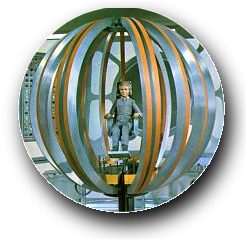
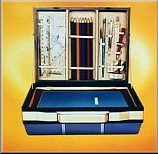
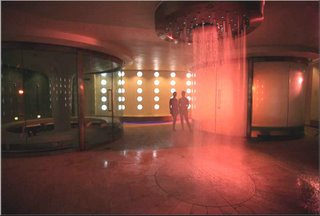
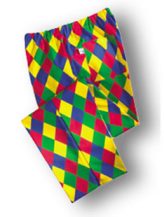

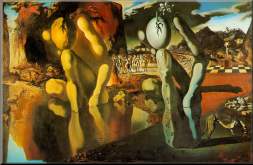
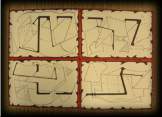

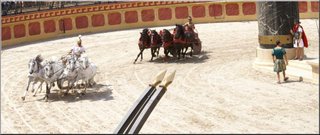



 orcid.org/0000-0002-0192-8965
orcid.org/0000-0002-0192-8965